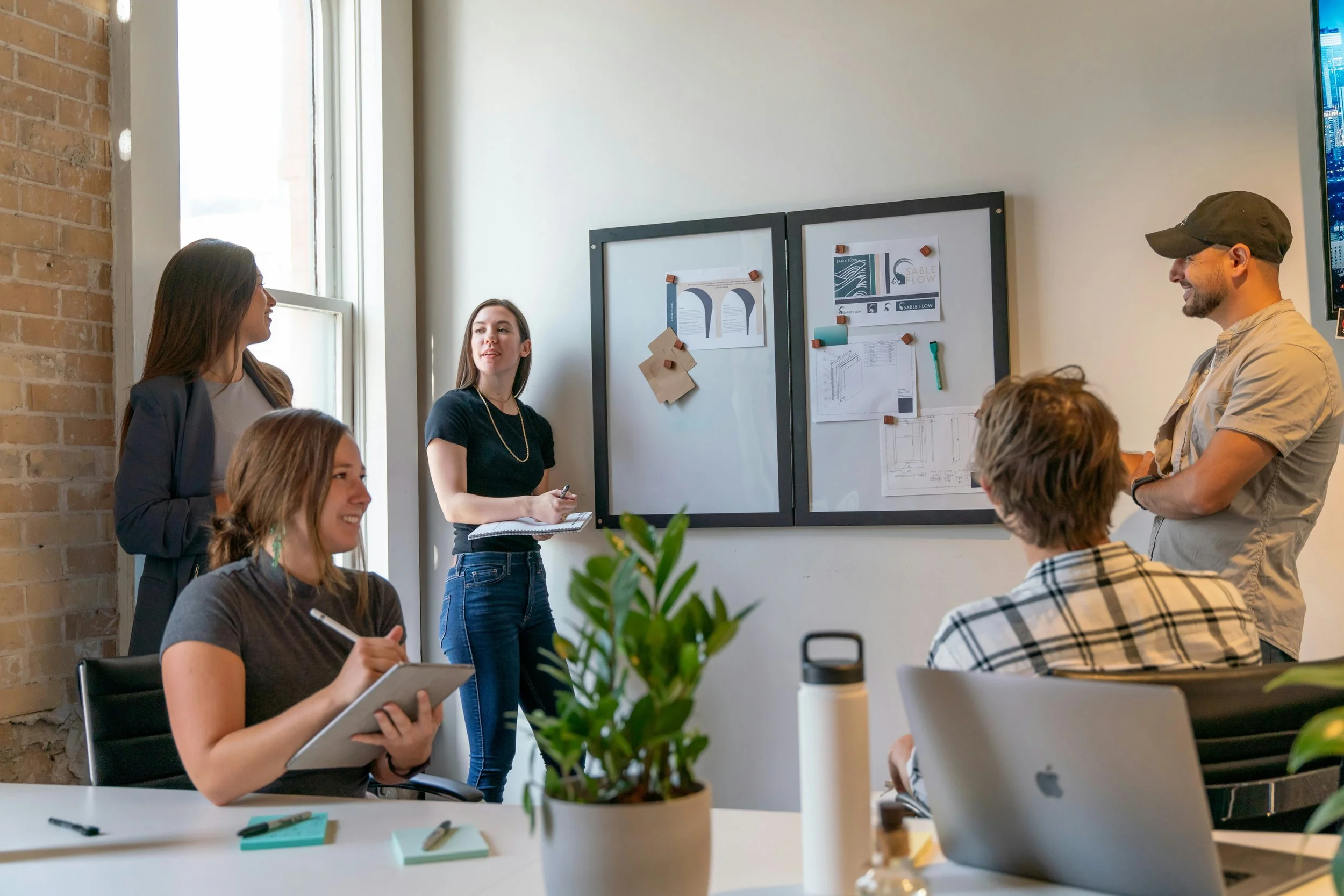Bite-size Behavioral Science
Bite-size Behavioral Science
This is Bite-size Behavioral Science. A little series that shares well-established social-behavioral psychological theories as shortcuts that anyone can use. And if anyone challenges you, just tell ‘em Master Max said so.
Think Different by Design: Limits, Random Sparks, and the Power of Pause
Turns out creative breakthroughs aren’t flashes of genius—they’re engineered conditions. With the right limits, a dash of randomness, and a deliberate pause, any team can tilt the odds toward “aha!” moments on demand.
1. Constraint Sparks
Limiting resources, time, or format may feel counter-intuitive, yet decades of research show that moderate, self-imposed constraints sharpen divergent thinking. Cognitive psychologist Patricia Stokes found that artists and designers who deliberately narrowed their options (e.g., one color palette, a fixed canvas size) produced more original work than those given total freedom. The mechanism: constraints force the brain to search “remote” regions of its semantic network, surfacing atypical associations instead of default answers. In practice, a “one-slide pitch” or “design a prototype with only cardboard” pushes teams past habitual ruts and into inventive territory.
Jeff Bezos and Amazon deployed this by banning PowerPoint and capped proposals at six narrative pages. Meetings begin with 15–30 minutes of silent reading, forcing authors to distill ideas and readers to engage deeply. Former principal engineer Steve Huynh says he spent up to four hours a day with these memos—and credits the limit with Amazon’s “secret-sauce” clarity and inventiveness.
2. Random Remix
Arthur B. Mednick’s associative theory of creativity argues that breakthrough ideas emerge when two previously unrelated concepts collide. Studies using the Remote Associates Test show that exposure to distant prompts—images, words, or case studies from outside one’s domain—primes the brain to build novel linkages. You can engineer this effect by peppering workshops with odd provocations (a Renaissance painting, a children’s toy, a rap lyric) or by pairing cross-disciplinary teams for “mash-up” sessions. The initial jolt of cognitive disfluency nudges people to reconfigure familiar knowledge in fresh ways.
When redesigning hospital experiences, IDEO teams have shadowed airport staff to study check-in flows, bag handling and gate boarding. That left-field lens helped surgeons and nurses spot patient pain points they’d long accepted as “just the way it is,” unlocking breakthrough service ideas.
3. Switch-Off Time
The classic “incubation effect,” first formalized by Graham Wallas in 1926 and repeatedly validated since, shows that stepping away from a problem boosts insight rates. Modern fMRI studies (e.g., Baird et al., 2012) reveal that mind-wandering activates the brain’s default-mode network, allowing subconscious recombination of ideas. Structured pauses—no-meeting Fridays, post-brainstorm walks, or even a timed “pencils-down” break—give neurons space to shuffle information beyond conscious control. Teams often return with the very leap of imagination that eluded them at the whiteboard.
Since the 1940s, 3M has let employees devote roughly one day a week to any side project they choose. Post-it® Notes, Scotchgard™ and multi-layer respirators all trace back to this sanctioned wander time—proof that structured pauses can pay off in patentable gold.
Creativity isn’t just lightning in a bottle; it’s predictable psychology. By adding constraints, injecting randomness, and honoring downtime, organizations can design environments where innovative ideas are the natural by-product of human cognition at work.
